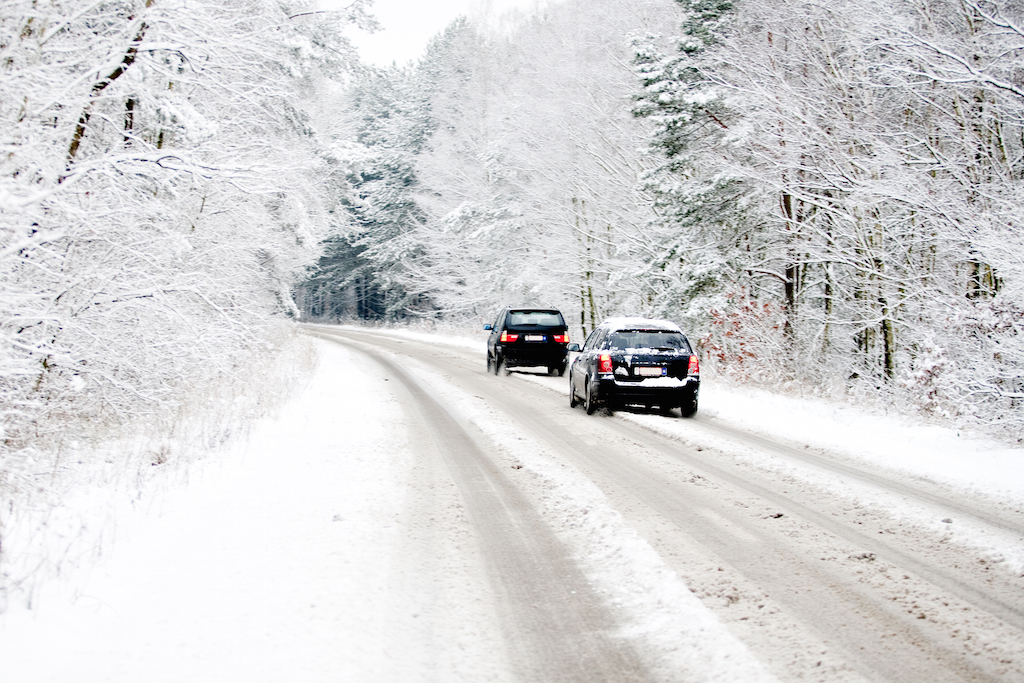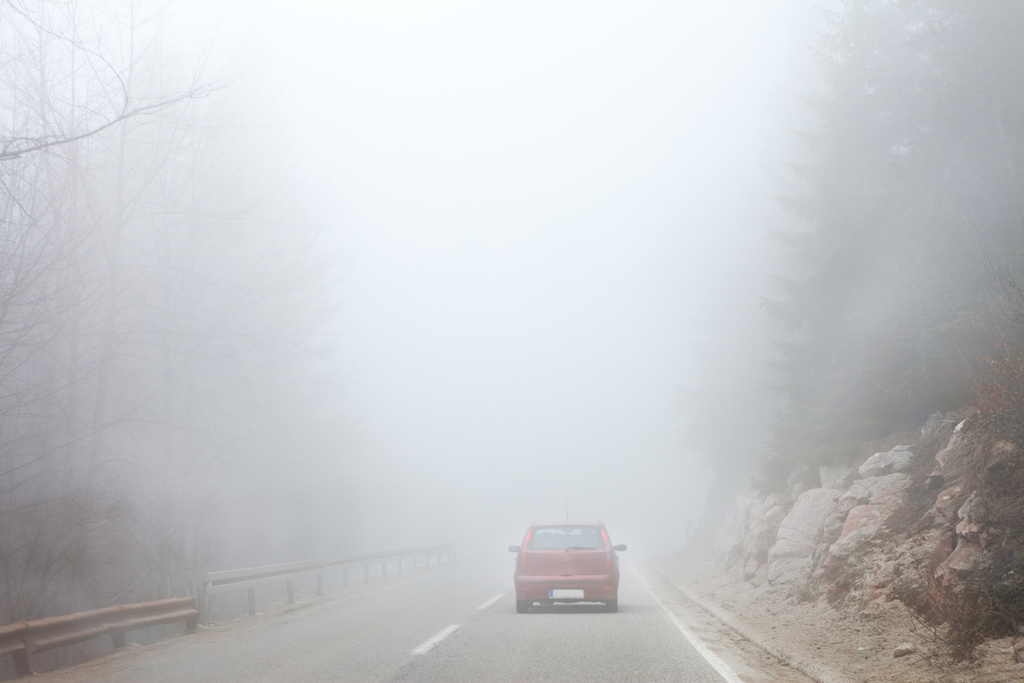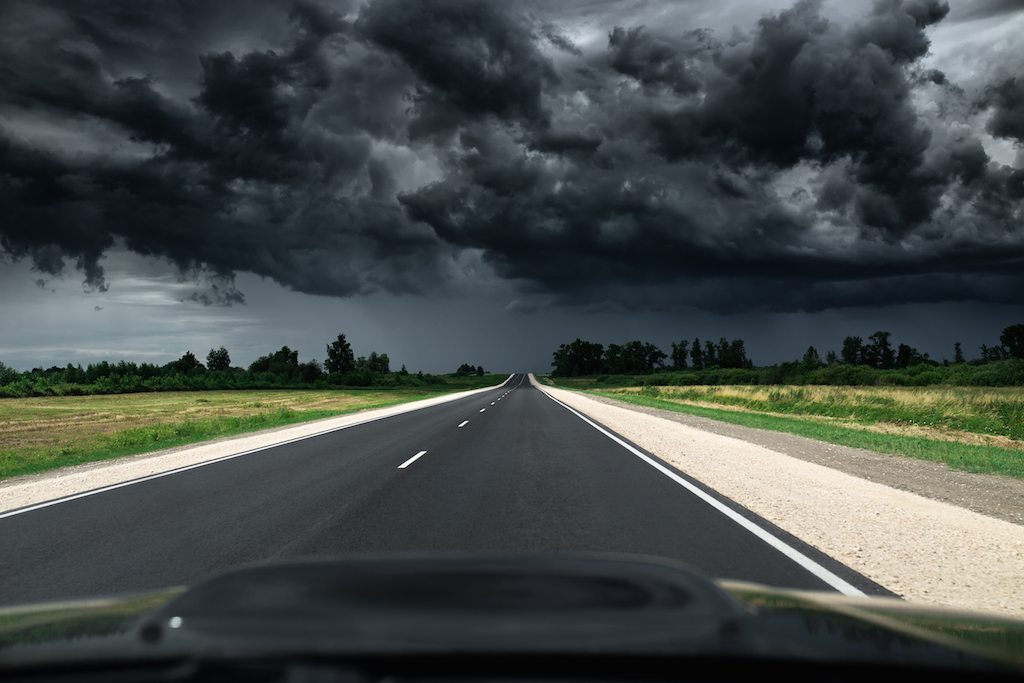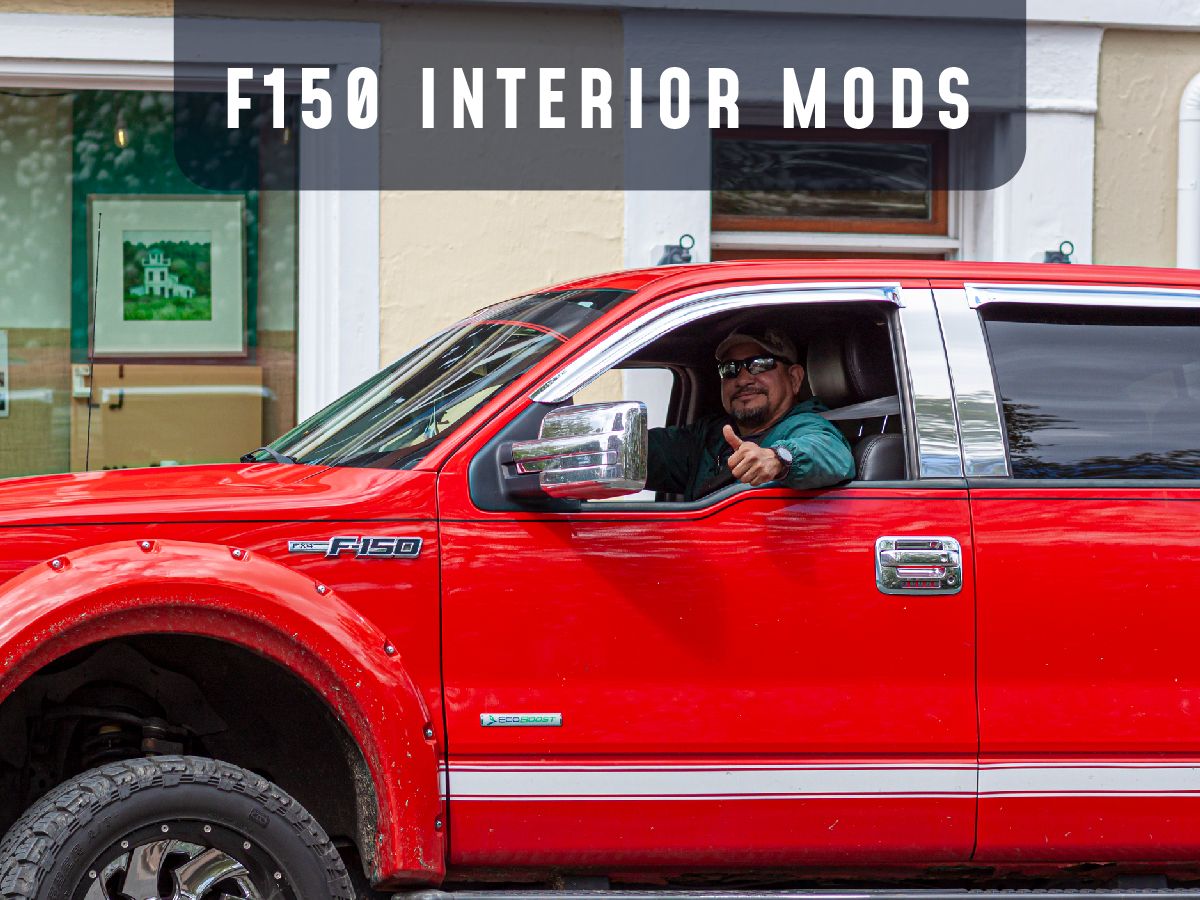Fall is winding down, and winter is almost upon us. As the chilly season draws near, new conditions will present themselves on the road, such as rain, snow, slush, and ice. As if driving in good weather on dry roads wasn’t challenging enough, driving in bad weather adds a whole new element of danger to the mix and makes you want to stay home. But if you must drive to school or work, how will you make it back home unharmed?
As with most dangers in life, the key is being aware and protecting yourself. Short of taking a real driving course, taking the time to read this guide can help you better prepare to face whatever the weather throws at you this winter. There are several factors to keep in mind, including road and traffic conditions, vehicle and driver conditions, and weather conditions. Wind, rain, fog, snow, driver fatigue, or worn-out tires can make your morning commute hazardous. Any combination of these factors could be disastrous!
Prepare Today for Bad Weather Tomorrow
If there was any time to prepare for driving in bad weather, it’s before the weather changes. Keep your vehicle in good shape. Equip it with properly-inflated tires with at least 4/32-inch tread depth. All-season tires are good, but dedicated snow tires will serve you better if snow is common where you live. Check your headlights and taillights, windshield wipers, engine-cooling system, and air-conditioning system.
With blowing snow, rain, or fog, winter visibility can make it difficult to perform even basic maneuvers, such as parking or backing out of a driveway. Consider installing a backup camera to improve rearward visibility and prevent accidents while backing up.
Pack a roadside emergency kit, including flares, warning triangles, a first-aid kit, tow rope, jumper cables, gloves, a flashlight, a multitool, and duct tape. Your winter roadside emergency kit should also include bottled water, energy-dense snacks, a snow shovel, rain gear, gloves and a hat, a blanket, kitty litter or traction sand, and an ice scraper.
How to Drive in Bad Weather
The single best thing you can do is slow down, but here are some other pointers on driving in winter weather conditions.
Driving In Rain
- Slick Intersections—The first five to ten minutes of rain are critical, particularly at intersections. Oil and grease floats to the surface, creating an especially slick road. After about ten minutes, the oil will wash away, restoring some traction.
- Hydroplaning—Most roads are crowned to allow rain to run off, but some flat areas may collect water. Excessive speed or insufficient tread can easily lead to hydroplaning in as little as half an inch of water. Your tires lose contact with the road, rendering steering and braking useless. If you hydroplane, keep the steering wheel facing the intended direction, release the accelerator, and let the vehicle slow down until it regains traction.
- Flooding—Do not attempt to cross flooded areas, as depth and strength of water can be deceiving. Just a few inches of water can push your vehicle off the road. A couple feet of water can disable or damage your engine.
Driving In Snow
- Clean Car—Remove all snow and ice from your vehicle, including the headlights, grille, hood, windshield, roof, and trunk. This will improve both your own visibility and that of other drivers.
- Slow Down—Slow down and give everyone extra space. Everything takes longer in snow, from speeding up and slowing down to making turns. Consider practicing in an empty parking lot until you get used to how your vehicle handles in the snow.
- Hills—In addition to snow and ice making the roads slick, hills also pit gravity against you. Don’t try to power your way up a hill. Instead, build up speed on the flat part and let inertia carry you up the hill. If you can help it, don’t stop on a hill.
- Black Ice—You literally won’t see this coming, but these slick patches of ice, a fraction of an inch thick, can render even the best snow tires useless. Black ice tends to form on bridges, in the shadows, and at intersections.
- Blowing Snow—In a snow storm, blowing snow can blind you at night. Resist the urge to turn on the high beams because the snow will just reflect the light back at you. Use your low beams and consider fog lights.
Driving In Fog
- Speed Kills—Fog can hide your visual references, such as trees and road signs. Watch your speedometer and adjust accordingly. You can only drive as fast as you can see, so make sure you don’t follow the vehicle in front of you too closely.
- Fog Lights—If your vehicle is equipped with fog lights, use them in conjunction with your low beams. Fog will simply reflect high beams back in your eyes, resulting in even worse visibility.
Driving In Wind
- Control—Keeping both hands on the wheel will help you keep control in case the wind pushes your vehicle or you need to avoid wind-blown debris.
- Large Vehicles—Avoid driving near large vehicles, such as campers and tractor-trailers. They reduce your visibility. High winds could even tip them over, which is disastrous if you’re cruising on their leeward side.
- Park Smart—Avoid parking under power lines or trees. A broken limb or falling power line could damage your vehicle.
- Stranded!—If you get stranded or into an accident, don’t panic. Put out flares or warning triangles. Be calm, stay in your car, call for help, and wait patiently. If it’s snowing, crack open the windows to allow fresh air into the vehicle.
Be Weather Smart
Now that you’ve got some vehicle-prep and driving pointers under your belt, don’t go thinking that you’re safe from everything that this winter throws at you. Sometimes bad weather is just too bad, and you should know your own limits and those of your vehicle. Trust us, missing a day of work is usually a far better option than driving in dangerous conditions, and your boss will understand.













